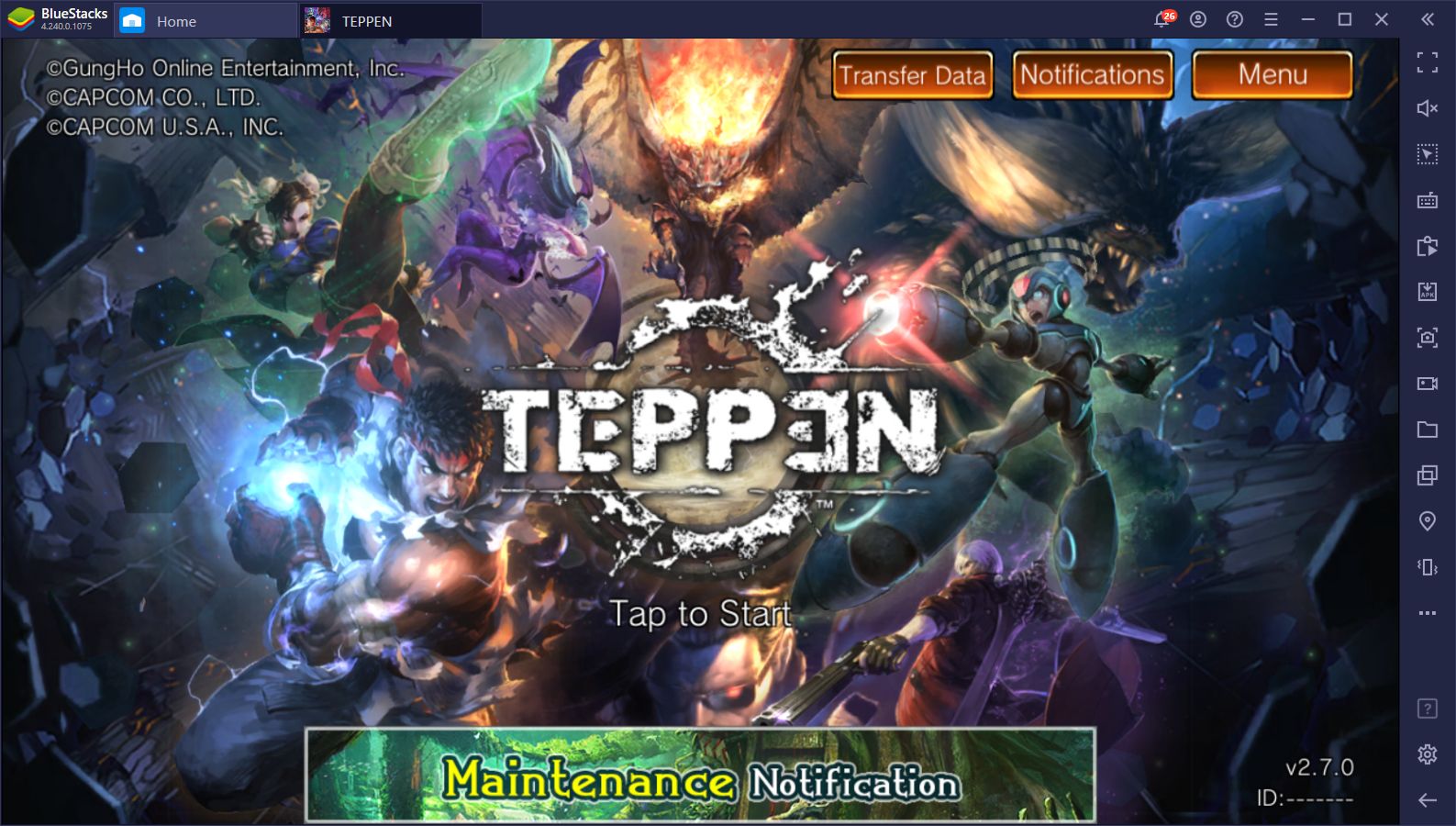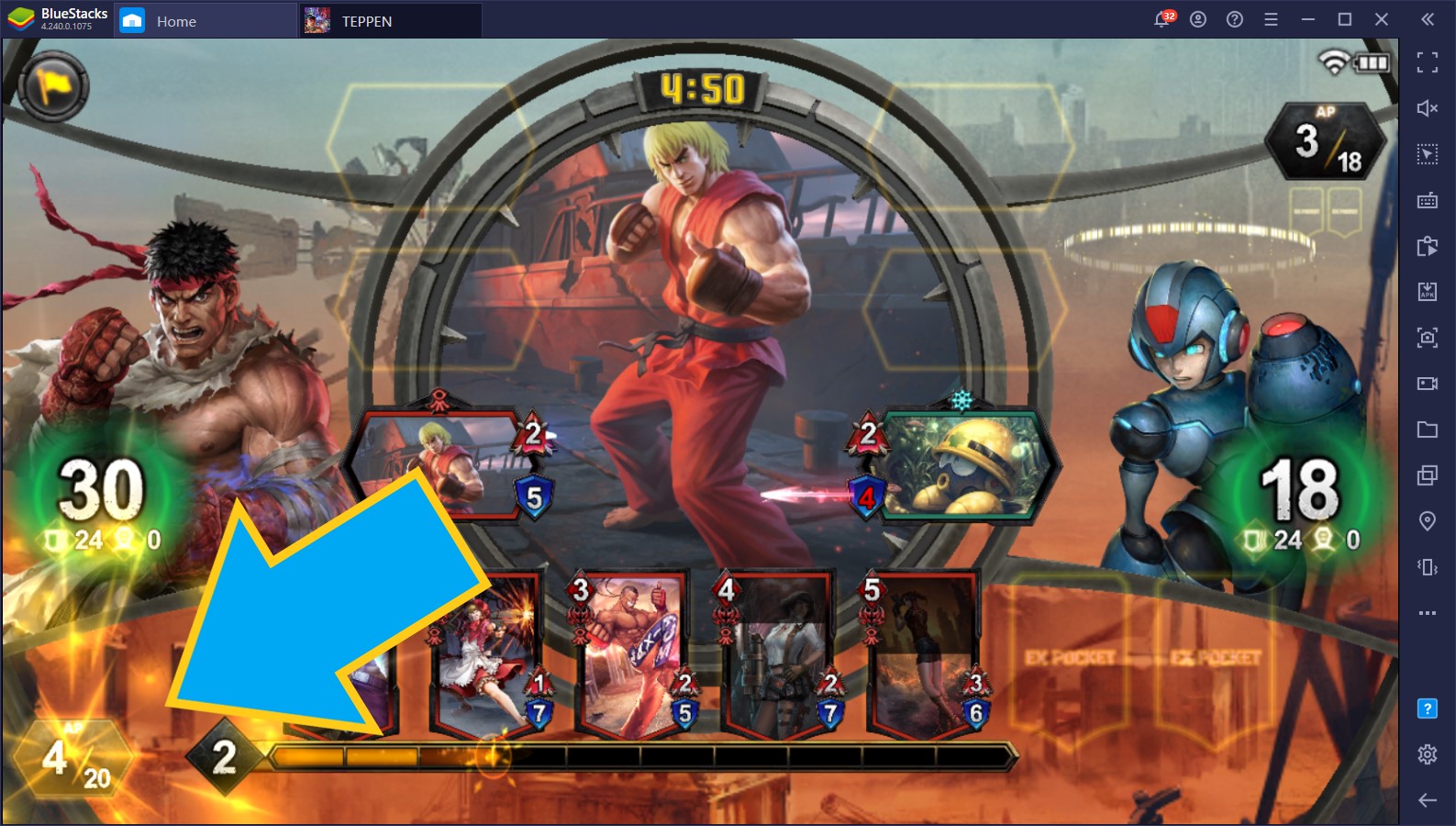Beginner’s Guide for TEPPEN - The Basic Elements in This Mobile CCG

TEPPEN is a CCG with a unique twist, combining aspects of two big genres to create an awesome gaming experience. This game is played by using cards to summon units and create special effects on the field. However, instead of being turn-based like any other CCGs out there, the game is played completely in real time.

As soon as your units appear on the field, they immediately begin attacking the enemy, and your opponent must respond by placing their own units to defend against this assault, or else risk getting damaged directly in their life points. Similarly, you can use special action cards to generate different effects that the enemy can counter by placing their own action cards. In this sense, TEPPEN is more reactive in design, with players trading attacks and actions in real-time in matches that can quickly become very hectic.
If you’re a fan of CCGs with a unique twist, then this is the game for you. However, it’s this very unique twist that makes it a bit more complicated than other games. For this reason, we decided to create a beginner’s guide where we’ll explain the basics of combat in TEPPEN. If you’re just starting out in this game, then this guide will come in handy:

Combat Basics: Attacking and Using Action Cards
Like we said, TEPPEN isn’t your typical card game; matches are played completely in real time, borrowing mechanics from games such as Clash Royale and Magic: ManaStrike. In this sense, you can use cards by paying MP, a resource that regenerates automatically over time and, once on the field, they will begin attacking the enemy.
However, unit cards don’t assault the enemy instantly; each attack takes time to reach the opponent, which is represented by the arrow that slowly makes its way from the attacker to the card directly in front it. Every time a unit attacks someone else, they trade blows and, if one of their HPs reach 0, the card is removed from play and sent to the graveyard.
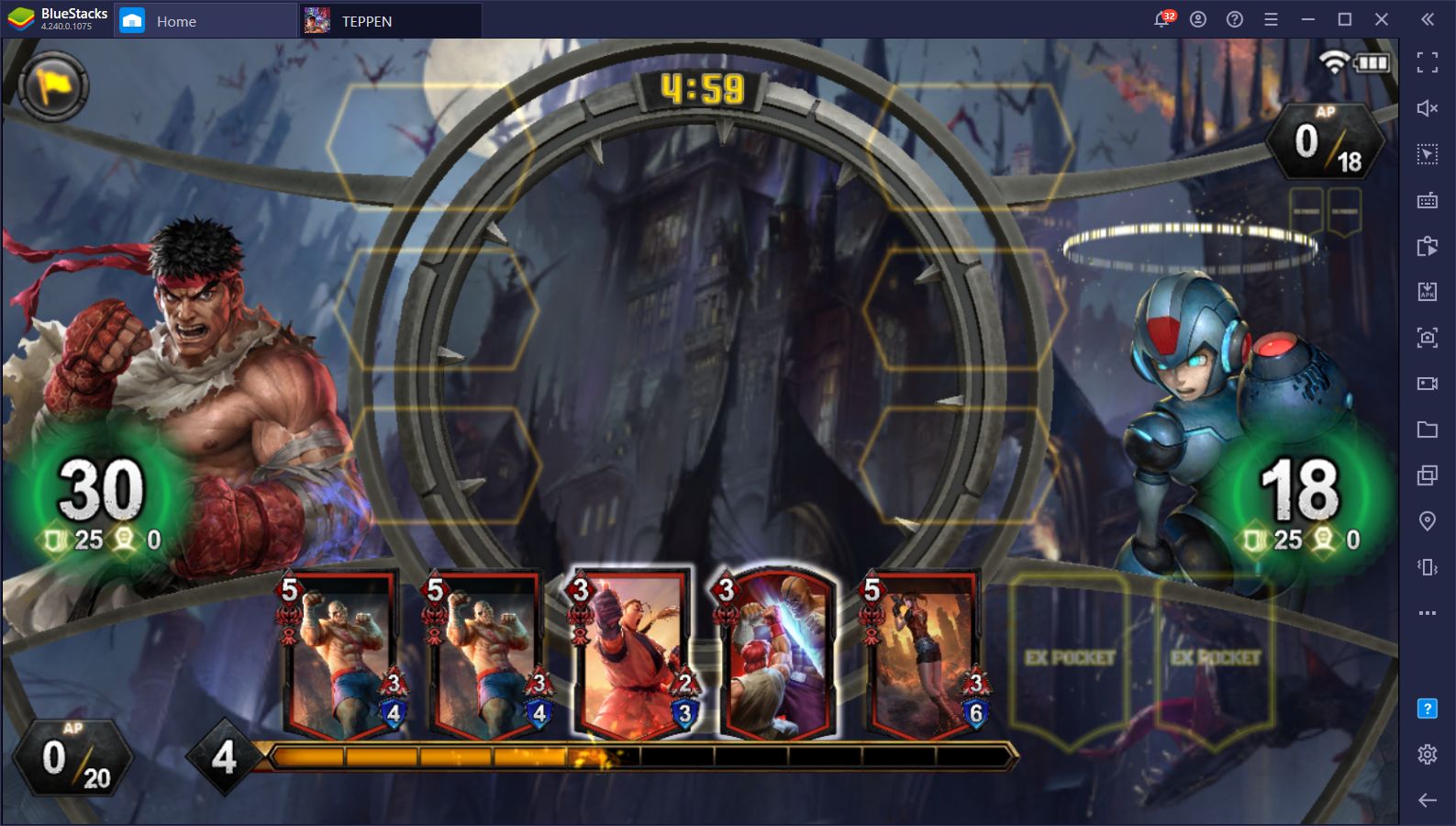
Every card has its own attack and HP, represented by the red arrow and blue shield icons, respectively. Every time two units clash, regardless of who the attacker is, they will each take a swing and reduce each other’s HP. It’s important to keep this in mind as, by defending with the correct unit, you can not only block an enemy’s attack, but also destroy them with a swift counterattack, leaving them open for a direct assault on their life points.
Other than unit cards, players can have a variety of action cards in their deck. Just like their character counterparts, you need to pay MP to use these action cards. However, the main difference here is that, whenever someone uses an action card the game stops, both players get 3 Active MP (AMP). and the Action Response mechanic appears.
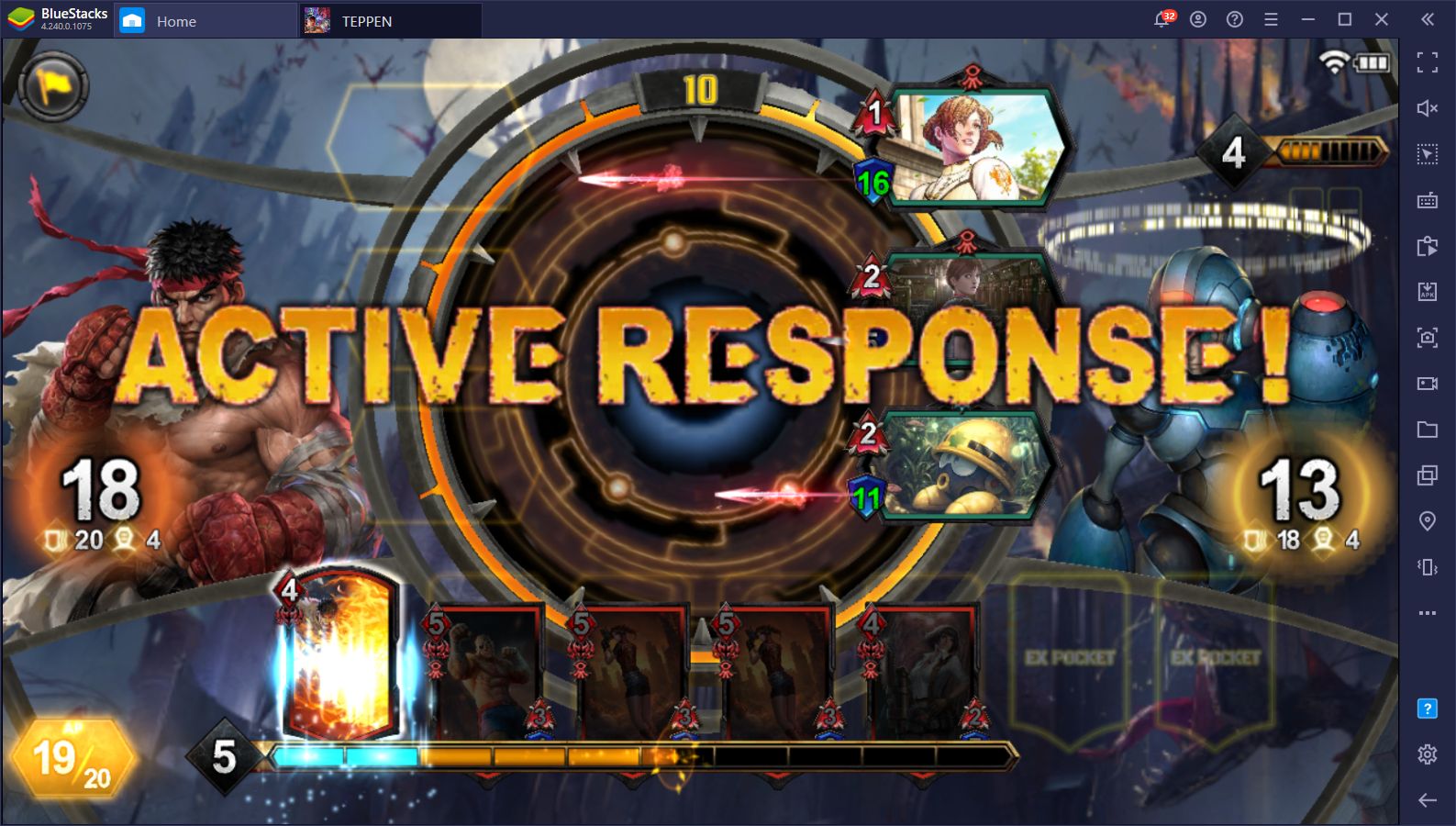
This system allows players to cancel out an enemy’s action card by placing down their own card, and then the enemy can respond in turn, until either one of the players skips placing down further cards, or they run out of action cards to respond with. Once the players finish placing down action cards, the Action Response system will resolve and all the effects will play out back to back. In this sense, using action cards isn’t enough to gain their effect; you must also be prepared to clash with the enemy if they decide to contest your play with their own action cards.
This back and forth of unit and action cards continues until either a player’s HP is reduced to 0, or the timer runs out. For the latter, the player with the most HP when the timer expires will be the winner.
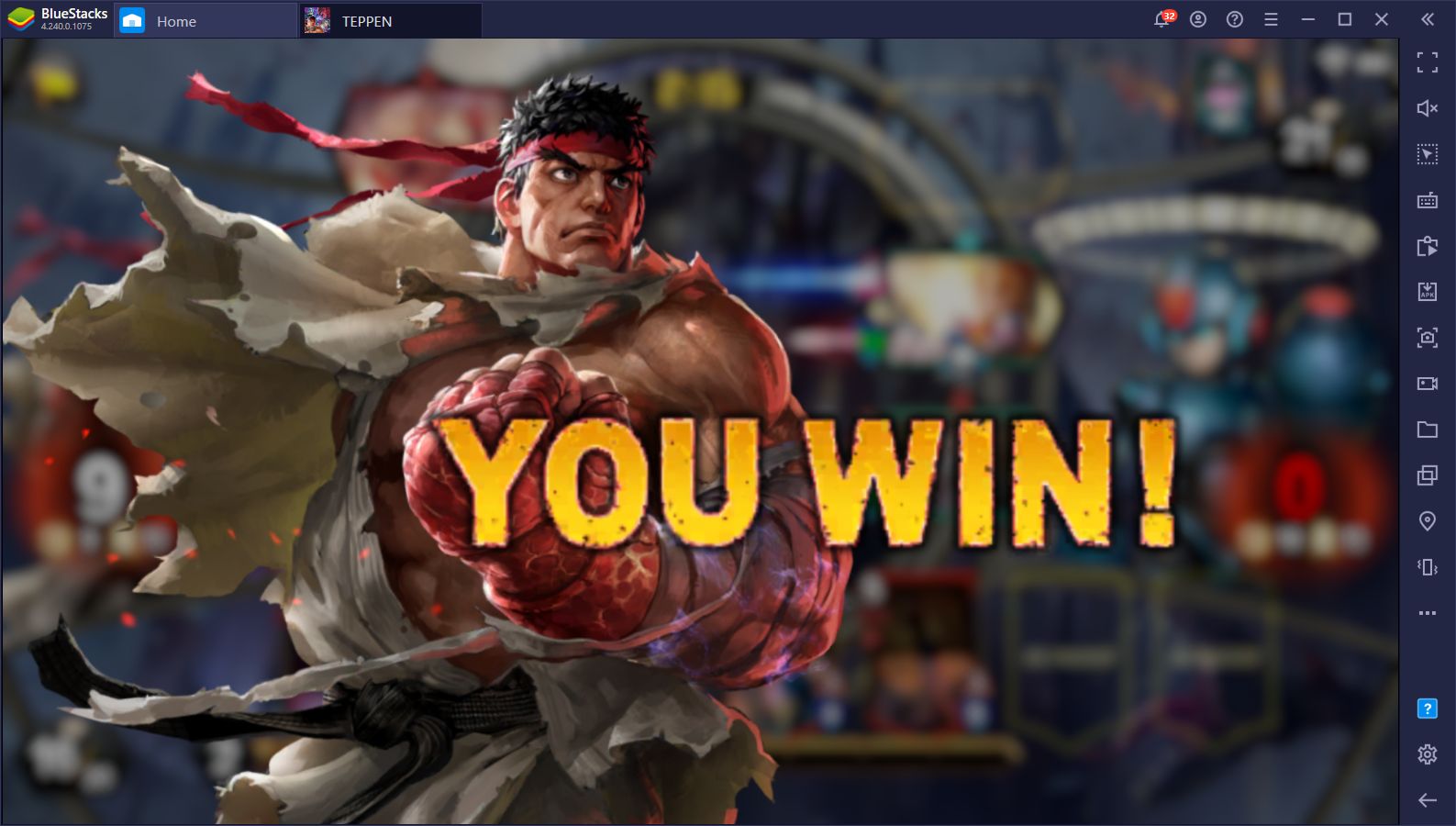
Heroes and Colors
Aside from the different types of cards in the game, TEPPEN also has two important features in a deck: Elements (colors), and Heroes.
A card’s element is represented by its color, which can come in four different types: Red, Green, Purple, and Black. Each color has a specialty or focus on the field, making them suited for different strategies and play styles. However, the important part about card colors is that there are restrictions on building decks with mixed colors. Specifically, the more colors you add, the less max MP you’ll be able to gather in battle, significantly limiting the cards you can use. These restrictions are as follows:
- 1 color in deck: 10 maximum MP.
- 2 colors in deck: 5 maximum MP.
- 3 colors in deck: 3 maximum MP.
- 4 colors in deck: 0 maximum MP (unusable).

It’s important to consider these restrictions when building a deck. While some strategies allow you to thrive using two colors in the same deck, the same can’t be said for decks that use three or four colors. As a general rule of thumb, you’ll almost always want to stick to one or two colors in a deck.
On the other hand, Heroes are like the leaders of your deck. These characters come in different colors (which counts towards your deck total), and can support cards with their special skills. The way hero cards work is that, every time you summon a unit or use an action card, its MP cost is added to your action points (AP). Once you gather a certain number of AP, you can activate your hero’s special skill, which essentially functions as an unblockable action card.

Having proper synergy between a hero and the cards in your deck can lead to very interesting strategies. Though some of them are more beginner-friendly, you will want to study up on the different hero skills when looking to build powerful decks in the future. Check out our TEPPEN hero guide if you want to learn more about the different heroes available in the game.
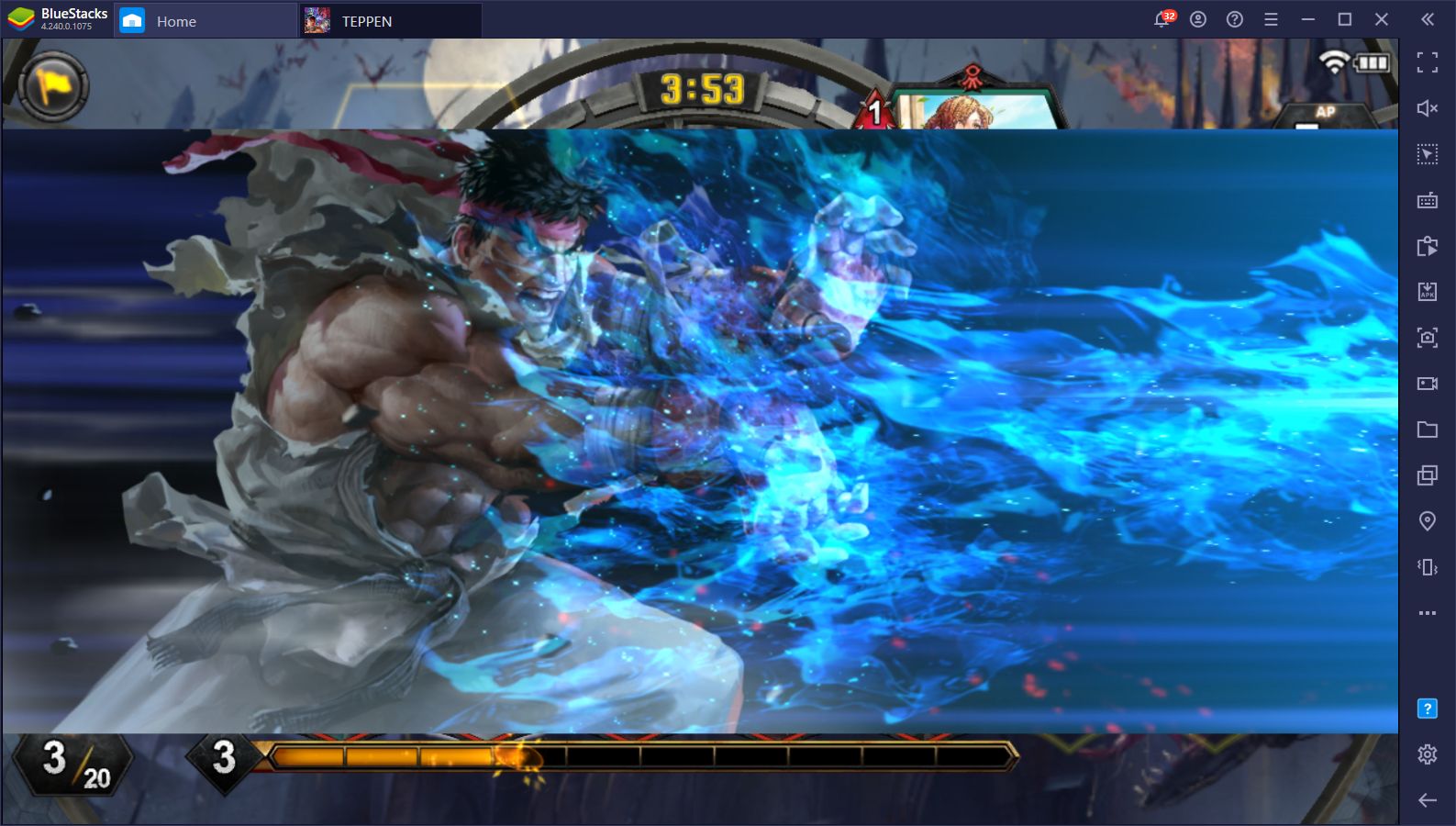
For now, however, this is all you need to know in order to get started in this game. We strongly suggest playing a few practice rounds against the CPU to familiarize yourself with the speed and flow of every match before jumping into PvP matches. And remember that you can unlock more cards and learn more about the game by playing the story missions.


